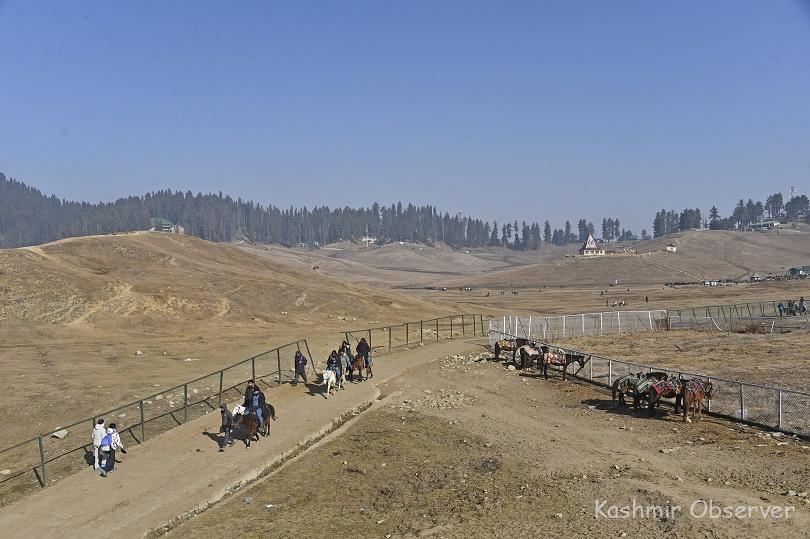
Srinagar: Over a decade has passed since the state government committed to a State-Specific Climate Change Action Plan for Jammu and Kashmir, but it remained unimplemented till date. Recognizing the pressing need to tackle environmental issues and adapt to changing climatic conditions, the current administration has initiated efforts to breathe life into the dormant plan. This new plan is anticipated to be put into effect in the coming years.
The plan was formed in 2014 by a governing council headed by the Chief Secretary and an expert committee headed by the Director, Environment & Remote Sensing and supervised by then Chief Minister.
Various sectors, including Energy-Solar Mission and Renewable Energy, Enhanced Energy Efficiency, Water, Sustainable Habitat, Sustainable Agriculture, Tourism, Sustainable Himalayan Ecosystem, Health, Disaster Management, Strategic Knowledge Mission, and Green India Mission, were identified as integral components of the Climate Change Action Plan for Jammu and Kashmir.
According to sources from the Environment & Remote Sensing department, the plan needed an amount of 6000 crores to be implemented, however, the funds weren’t provided by the central government at that time.
“Also, there wasn’t much climate awareness while framing the action plan at that time. So there were a number of loopholes,” said the official, wishing not to be named.
Now, as the valley is grappling with a prolonged dry spell, the department of Environment & Remote Sensing has been tasked to frame a comprehensive Climate Change Action Plan separately for Jammu and Kashmir divisions.
“We have been working on the plan since October 2023. Various departments have been consulted and kept onboard to frame it,” the official said, adding, “if every department gave their proposals on time, the union territory will have a comprehensive action plan ready in the month of March.”
The document, according to the official, will then go to the central government for approval.
He said the study will be conducted at the micro-level that will capture climate variability at the local level.
“If this climate action plan is implemented, we will be able to face any climate challenge in the near future,” he added.
He further said the new action plan will go through every sector including transport, industries, factors of aviation, agricultural sector and study the quantity of greenhouse gasses emerging and will frame a mechanism where these glasses would be sink-in.
“For instance if we have 10 tons of greenhouse gasses emerging from different sectors, we should have a sufficient number of trees that would sink-in these glasses and how much we need to accommodate more.We will provide that details in this study,” he added.
The official further said that the new study will have an “adaptation and mitigation” model based on the vulnerability of the region.
“We will carry out a vulnerability analysis of the region so that we will implement this model,” he added. “We will carry out study in every district of UT and find out what makes the area vulnerable and suggest ways out.”
Lately, climate change is making a significant impact in the Himalayan region, which is witnessing extreme weather events, prolonged dry spells in both winter and summer. The region is also experiencing warmer days than National Capital New Delhi and other states which wasn’t the case earlier.
The unusual weather patterns are making a significant impact on groundwater, electricity, fish production and agriculture. Many wetlands in J&K that support 20% of the known range of biodiversity in the region are adversely affected.The absence of snow on mountains and plains has raised an alarm across the valley, with experts warning about potential repercussions of this dry winter.
Interestingly, the UT administration is yet to have a meeting on the crises and frame a policy to mitigate any challenges.
Follow this link to join our WhatsApp group: Join Now
Be Part of Quality Journalism |
Quality journalism takes a lot of time, money and hard work to produce and despite all the hardships we still do it. Our reporters and editors are working overtime in Kashmir and beyond to cover what you care about, break big stories, and expose injustices that can change lives. Today more people are reading Kashmir Observer than ever, but only a handful are paying while advertising revenues are falling fast. |
| ACT NOW |
| MONTHLY | Rs 100 | |
| YEARLY | Rs 1000 | |
| LIFETIME | Rs 10000 | |











